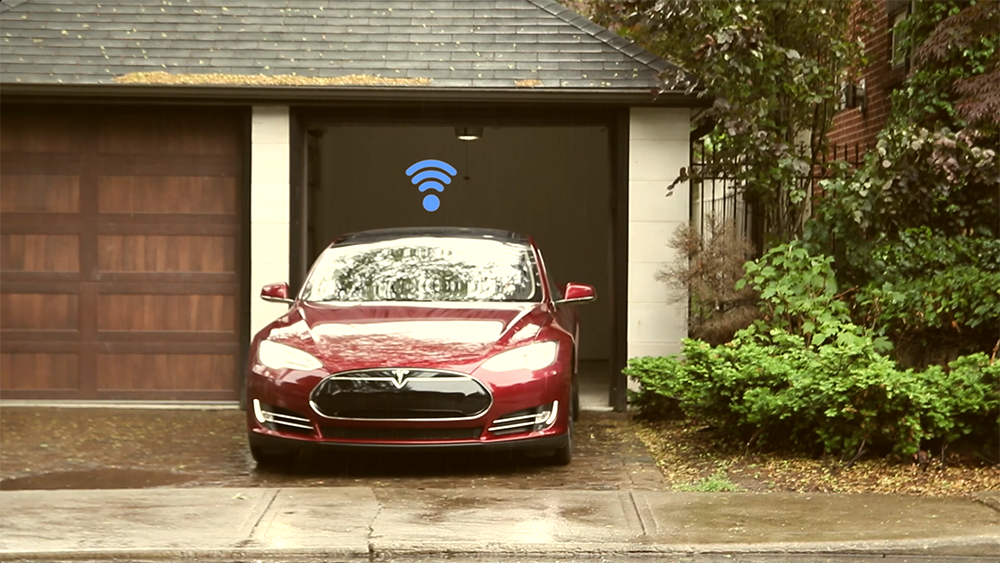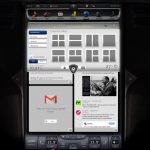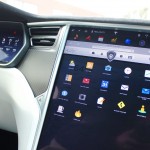Lifestyle
Why your Tesla can become the ultimate ‘Connected Car’
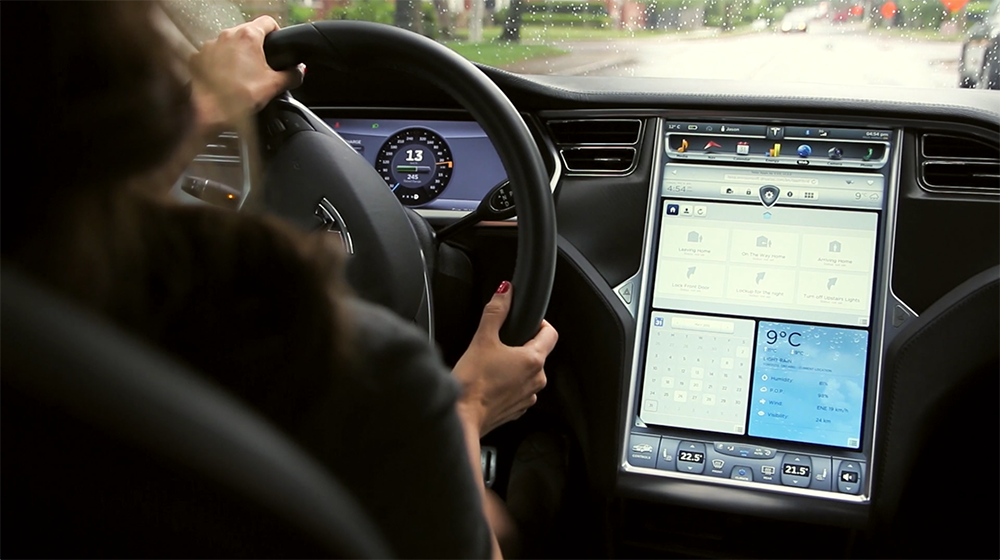
Techies have dreamed of the day when their cars would be as advanced as their personal computing and smartphone devices. Daily use of technology has shifted beyond being the norm to being a necessity. It’s evolved into a digital lifestyle that has extended into vehicular use.
With the launch of the Model S in 2012, Tesla set the benchmark for what the connected car could be. Besides being an amazing, all-electric vehicle with outstanding performance, utility, and good looks, it also incorporates internet technology into the vehicle, cabin and driving experience like never before. A Tesla Model S or Model X provides drivers with the ‘potential’ to carry their digital lifestyle into the vehicle.
Follow along in our upcoming series that will explore the evolving connected car industry and its future possibilities. We’ll cover topics such as how these next generation vehicles might incorporate our digital lifestyles, what the cyber security implications are, how our city’s infrastructure may evolve in response, and how autonomous vehicles will change our society.
So what is a Connected Car?
Because this is an evolving industry, there really isn’t a clear, universal definition for the “connected car.” Technological innovation is happening so quickly, there seems to be no limit on what it could be. Some automotive manufacturers are selling ‘connected cars’ that are simply connected to the internet on their own cellular connection. But internet enabled features are limited. While this may be technically accurate, a connected car needs to be more than just a WiFi hotspot.
At its most basic level, a connected car should have the following attributes:
- It must be connected to the internet at all times
- It must be able to function as a participant in our digital lifestyle similar to an internet of things (IoT) or smart home device
- It must allow the user to interact with their digital lifestyle in a functional and usable way
How automakers are trying to build the Connected Car
Connected car technology is currently being implemented using one of two emerging approaches. The first is simply to project smartphone apps onto a screen in the dashboard. This solution works by running the app on your smartphone but displaying the interface on your vehicle dashboard. The app cannot function without the smartphone and typically has limited or no access to vehicle information. While projected apps can work for things like text messaging and streaming audio apps, they don’t work without the presence of the smartphone and therefore limit the vehicle’s ability to be a full participant in the Internet of Things. Additionally, these apps are generally not designed well for use in a vehicle.
The second is to have embedded apps, or apps that run in the vehicle itself. This solution works by having apps installed or running in the vehicle, similar to tablet or smartphone apps. The advantage is that the apps run independently of a smartphone, can securely access vehicle data, and in special cases can even perform vehicle functions remotely such as closing the sunroof. These advantages mean that the vehicle has the potential to be a full participant in the Internet of Things. Additionally, these apps are designed specifically for in-vehicle use, with display and user interfaces (ie. buttons, colours, text size, etc.) optimized for in-car use.
A third approach worth considering is a hybrid of these two, where the in-vehicle experience can function independently from a smartphone, but can also incorporate data from and interact with a smartphone. This would allow functionality such as text messaging and email to work off the smartphone, while embedded apps could perform more advanced, vehicle specific and independent functionality. Another advantage of a hybrid solution is that it could maintain a unified interface experience that is appropriate to in-vehicle use and look like it was designed for the specific vehicle — as opposed to an iPad stapled to the dashboard.
“we think a Tesla is the coolest mobile device, ever! (almost)”
This leads us to why we think a Tesla is the coolest mobile device, ever! (almost)
My Tesla has the potential to do so much more
Because of its independent internet connectivity, the Tesla Model S and X offer opportunities to control the vehicle from other internet connected devices. Tesla offers a smartphone app that allows you to control some of the vehicle functions such as charging, air conditioning, and now even parking and summon (on vehicles with Autopilot). And Tesla vehicles receive regular software updates over the air, adding and improving functionality over time. In-vehicle software includes Internet radio, Google Maps (with navigation), and limited integration with your personal calendar that will display your next couple of appointments.
Still, there is much more that can be done with the technology. At least that’s how I felt when I took delivery of my Model S in 2012. At that time there was a lot of talk about in-vehicle apps becoming available, and there was even an app icon in the centre console interface. Unfortunately we are still waiting for Tesla to release an SDK. That being said, Tesla is pretty busy with their Gigafactory, Model 3, Autopilot, and generally steering the whole automotive industry toward electrification.
Although Tesla hasn’t released an SDK or third party app development, and new Tesla-developed apps have been limited, Tesla did include a Web browser as a key feature to their large centre console dash. And that web browser has opened up a host of possibilities for connected car features and interface development. It was the inspiration for my team at Evolved Vehicle Environments to create EVE for Tesla, a growing connected car platform that already incorporates many of the features you might expect in a connected car.
EVE for Tesla for the Model S, Model X
Finally, you can have access to your calendar, email, social media, news, and more in your car – provided that car is a Tesla! And with EVEConnect, a feature available to paid members, your Tesla has officially become a full participant in the Internet of Things. It can receive messages, trigger events, and even talk to your home. And with the recently released EVE for Tesla IFTTT channel, you can now connect your Tesla to over 300 products and services.
In our next post, we will explore the development of the Internet of Things, the connected home market, and connected car/connected home integration. If you have any questions you’d like us to address, please drop us a comment below.
-Jason Taylor

Lifestyle
Elon Musk seemingly confirms Cybertruck gift to 13-year-old cancer fighter
Diagnosed in 2018 with a rare form of brain and spine cancer with no cure, the teen has undergone 13 surgeries by the time he was 12.
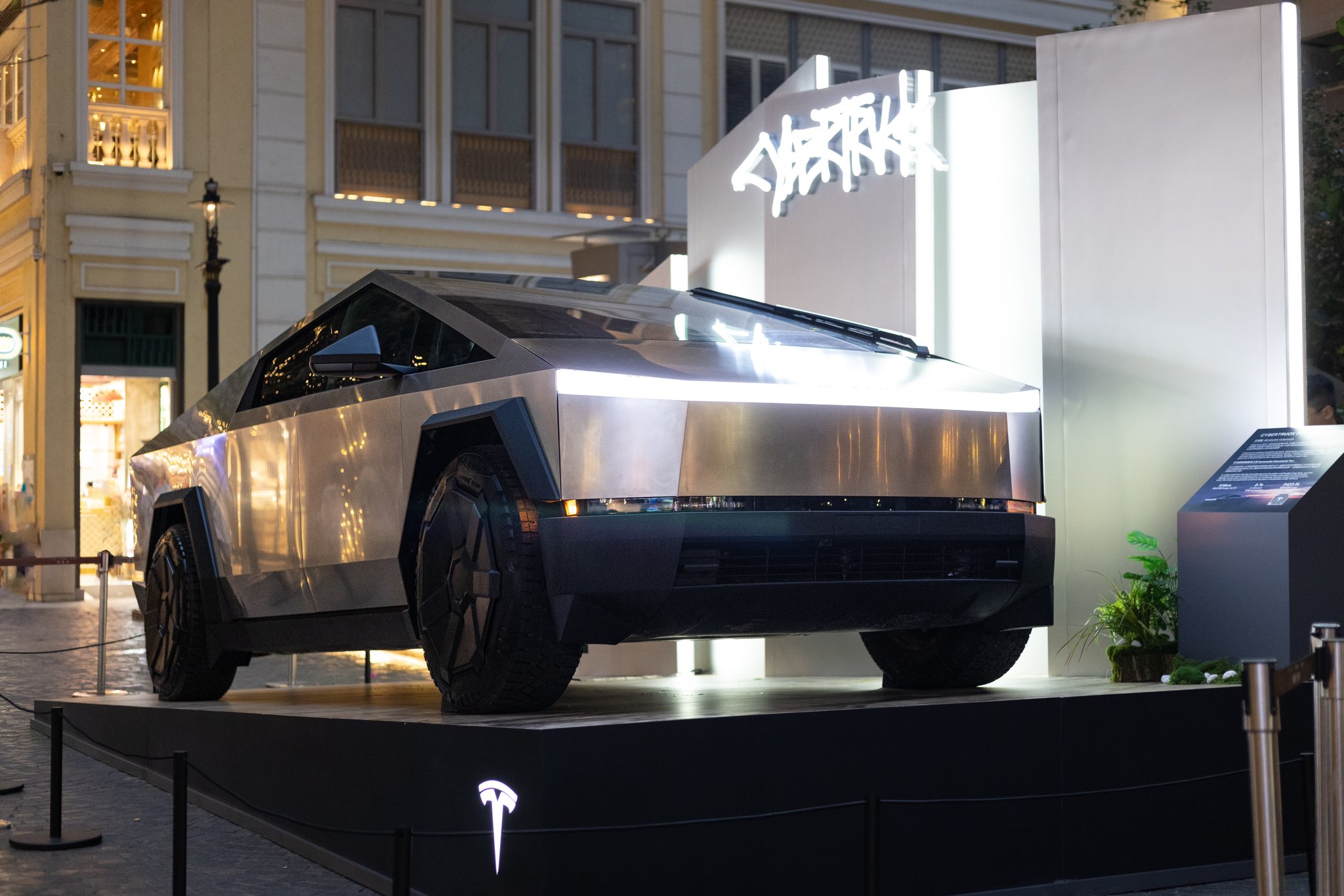
Elon Musk has seemingly confirmed that he will be sending a Tesla Cybertruck to 13-year-old Devarjaye “DJ” Daniel, a 13-year-old Houston boy fighting brain cancer. The teen was recognized as an honorary Secret Service member by U.S. President Donald Trump during his address to Congress on Tuesday.
A Chance Meeting
The Tesla CEO’s Cybertruck pledge was mentioned during DJ’s short interview with CNN’s Kaitlan Collins. When Collins asked the 13-year-old what he told the Tesla CEO, DJ answered that he asked for a Cybertruck.
“I said, ‘can you do me a big favor, when you get back to Houston can you send us a Cybertruck down there?’” the cancer fighter stated.
Daniel noted that Musk responded positively to his request, which was highlighted by Collins in a post on X. Musk responded to the post with a heart emoji, suggesting that he really will be sending a Cybertruck to the 13-year-old cancer fighter.
Teen’s Cancer Battle Inspires
Diagnosed in 2018 with a rare form of brain and spine cancer with no cure, Daniel has undergone 13 surgeries by the time he was 12. During his speech, Trump highlighted the 13-year-old’s long battle with his disease.
“Joining us in the gallery tonight is a young man who truly loves our police. The doctors gave him five months at most to live. That was more than six years ago. Since that time, DJ and his dad have been on a quest to make his dream come true,” Trump stated.
Daniels officially received an honorary badge from U.S. Secret Service Director Sean Curran, to much applause during the event.
Surprisingly Partisan
While Daniels’ story has been inspiring, Trump’s focus on the 13-year-old cancer fighter has received its own fair share of criticism. MSNBC host Nicolle Wallace, while referencing Daniels’ love for law enforcement, noted that she is hoping the 13-year-old never has to defend the U.S. capitol against Trump supporters. “If he does, I hope he isn’t one of the six who loses his life to suicide,” Wallace stated.
Anti-Musk and Trump accounts on X have also thrown jokes at the cancer fighter’s honorary badge, with some dubbing the 13-year-old as a “DEI hire” that should be looked into by DOGE.
Lifestyle
Tesla owner highlights underrated benefit of FSD Supervised
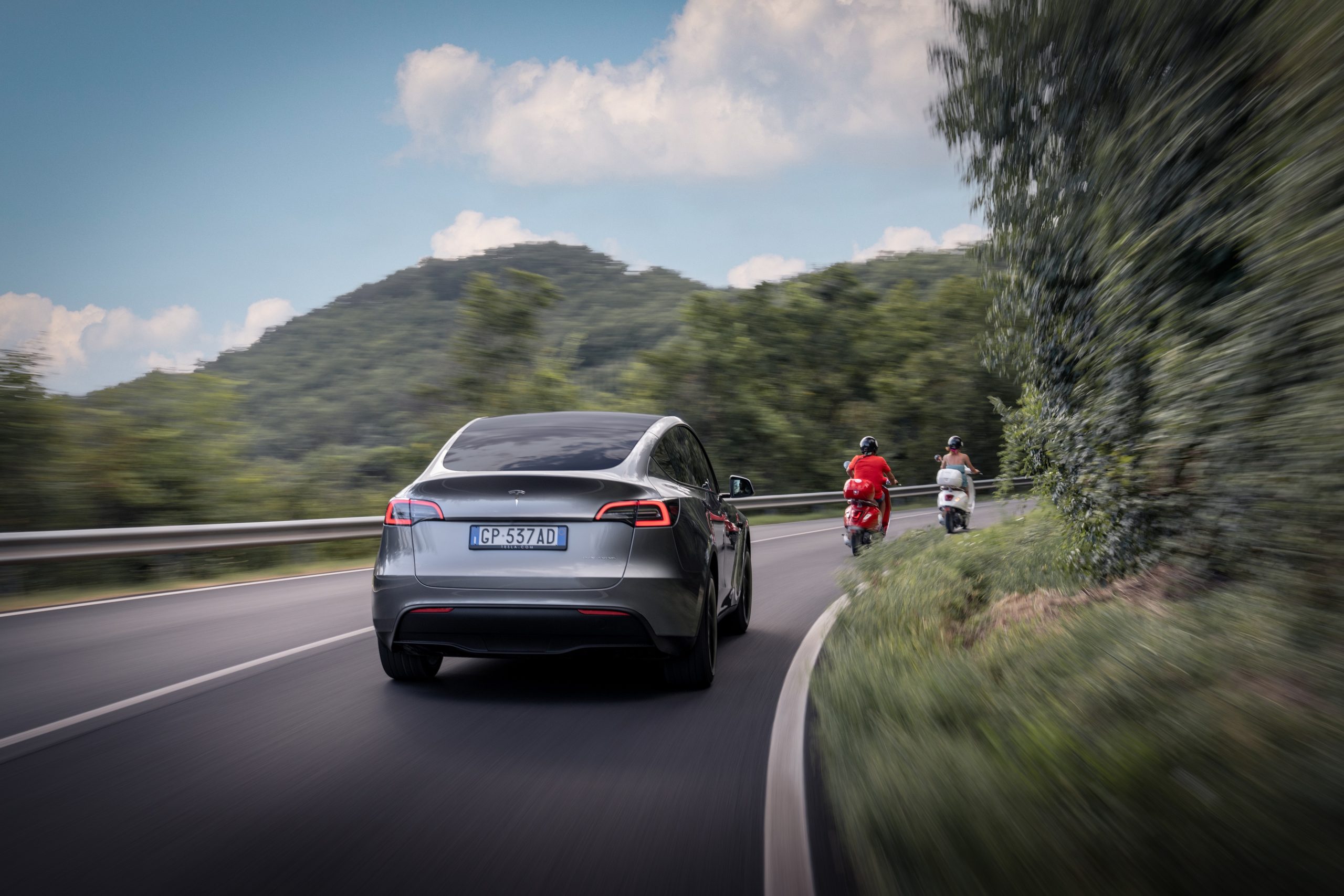
Elon Musk has been pretty open about the idea of FSD being the difference maker for Tesla’s future.
If Tesla succeeds in achieving FSD, it could become the world’s most valuable company. If it doesn’t, then the company would not be able to reach its optimum potential.
FSD Supervised’s safety benefits:
- But even if FSD is still not perfect today, FSD Supervised is already making a difference on the roads today.
- This was highlighted in Tesla’s Q4 2024 Vehicle Safety Report.
- As per Tesla, it recorded one crash for every 5.94 million miles driven in which drivers were using Autopilot technology.
- For comparison, the most recent data available from the NHTSA and FHWA (from 2023) showed that there was one automobile crash every 702,000 miles in the United States.
This morning, Tesla FSD proved to be an absolute godsend. I had to take my brother-in-law to the hospital in Sugar Land, TX, which is 40 miles away, at the ungodly hour of 4 AM. Both of us were exhausted, and he was understandably anxious about the surgery.
— JC Christopher (@JohnChr08117285) January 29, 2025
The convenience of…
FSD user’s tale:
- As per an FSD user’s post on social media platform X, FSD Supervised was able to help him drive a relative to a medical facility safely even if he was exhausted.
- During the trip, the driver only had to monitor FSD Supervised’s performance to make sure the Tesla operated safely.
- In a vehicle without FSD, such a trip with an exhausted driver would have been quite dangerous.
- “This morning, Tesla FSD proved to be an absolute godsend. I had to take my brother-in-law to the hospital in Sugar Land, TX, which is 40 miles away, at the ungodly hour of 4 AM. Both of us were exhausted, and he was understandably anxious about the surgery.
- “The convenience of sending the hospital’s address directly from my iPhone to my Tesla while still inside my house, then just a single button press once inside, and 40 miles later we were precisely in front of the hospital’s admissions area.This experience really underscores just how transformative this technology can be for society,” Tesla owner JC Christopher noted in his post.
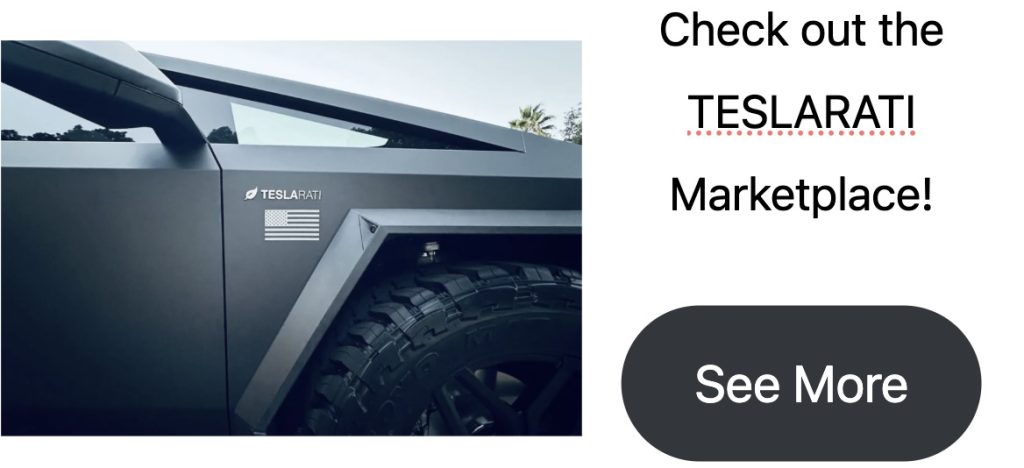

Don’t hesitate to contact us with news tips. Just send a message to simon@teslarati.com to give us a heads up.
Lifestyle
Tesla Optimus “stars” in incredible fanmade action short film

There are few things that prove an enthusiast’s love towards a company more than a dedicated short film. This was highlighted recently when YouTube’s SoKrispyMedia posted a 10-minute action movie starring Optimus, Tesla’s humanoid robot, as well as several of the company’s most iconic products.
The video:
- Shot like a Hollywood action flick, the video featured a rather humorous plot involving a group of thieves that mistakenly targeted a Tesla Model 3 driver.
- The Model 3 driver then ended up speaking to Tesla for assistance, and some high-octane and high-speed hijinks ensued.
- While the short film featured several Tesla products like the Model 3, Superchargers, and the Cybertruck, it is Optimus that truly stole the show.
- Optimus served several roles in the short film, from an assistant in a Tesla office to a “robocop” enforcer that helped out the Model 3 driver.
Future Robo-cop @Tesla_Optimus
— SOKRISPYMEDIA (@sokrispymedia) January 12, 2025
full video: https://t.co/TXpSRhcP5K pic.twitter.com/YFHZ7siAP7
Cool inside jokes:
- The best Tesla videos are those that show an in-depth knowledge of the company, and SoKrispyMedia definitely had it.
- From the opening scenes alone, the video immediately poked fun at TSLA traders, the large number of gray Tesla owners, and the fact that many still do not understand Superchargers.
- The video even poked fun at Tesla’s software updates, as well as how some Tesla drivers use Autopilot or other features without reading the fine print in the company’s release notes.
- The video ended with a tour de force of references to Elon Musk products, from the Tesla Cybertruck to the Boring Company Not-a-Flamethrower, which was released back in 2018.
Check out SoKrispyMedia’s Tesla action short film in the video below.
Don’t hesitate to contact us with news tips. Just send a message to simon@teslarati.com to give us a heads up.
-

 News2 weeks ago
News2 weeks agoTesla aiming to produce first “legion” of Optimus robots this 2025
-

 Elon Musk1 week ago
Elon Musk1 week agoTesla CEO Elon Musk’s simple message to vandals
-
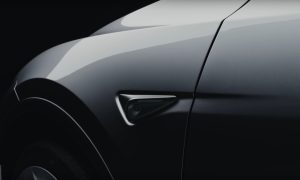
 Elon Musk2 weeks ago
Elon Musk2 weeks agoElon Musk confirms two measures Tesla is taking to fight vandalism
-

 News2 weeks ago
News2 weeks agoTesla’s Giga Berlin director responds to anti-Musk criticism
-

 Elon Musk7 days ago
Elon Musk7 days agoTesla vandal who lit Las Vegas repair center on fire arrested
-
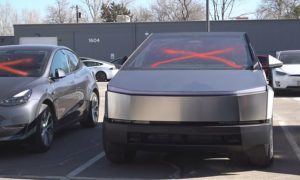
 Elon Musk2 weeks ago
Elon Musk2 weeks agoTesla owners doxxed by controversial anti-DOGE website in clear intimidation tactic
-

 Elon Musk1 week ago
Elon Musk1 week agoTesla vehicles hit by ATV, suspect caught by Sentry Mode
-

 Elon Musk1 week ago
Elon Musk1 week agoElon Musk clarifies Trump tariff effect on Tesla: “The cost impact is not trivial”
